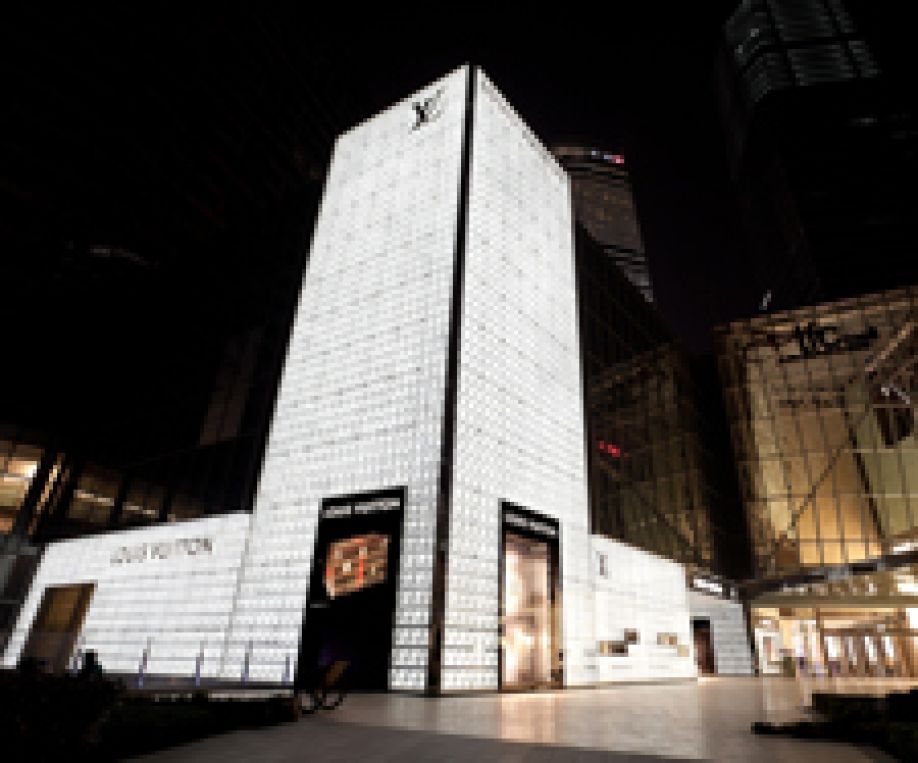However in the uncertain economic climate that emerged after the 2008 financial crisis, investors are increasingly looking for alternative methods of managing their wealth.
As a result, the luxury fund sector has experienced a new lease of life, with alternative funds emerging from the woodwork.
These funds can involve investment in a wide variety of products including fine art, diamonds, rare musical instruments and vintage wines. A unique advantage of many of these assets is that they can provide an opportunity for portfolio diversification into an area that has historically had good returns and low correlation with financial markets. A key advantage of funds is that they are managed by professionals which have expertise in their respective fields and allocate assets within the fund to achieve optimum returns at a given level of risk.
The main advantage of this is that it gives the investor access to a diversified portfolio selected by experts as opposed to simply conducting their own research and selecting a stock based on their personal preferences.
What is luxury?
There is no specific attribute that defines uxury, yet this mysterious concept is something highly desired by people. These goods have for centuries gained a steady and often irrational customer loyalty. One of the most infamous market bubbles in history occurred in the Netherlands during the early 1600s. Holland's elite used the rarest tulips bulbs as status symbols and mass speculation drove the value of tulip bulbs to excessive prices. At the peak of the market, some rare tulips were said to have been sold for as much as six times the average person's annual salary. However, the attraction of luxury remains as prevalent today; with China staggering economic expansion and ensuing consumer purchasing power, the luxury goods market is experiencing phenomenal growth.
Some popular luxury funds
In response to the growth of the luxury goods market, the first Chinese luxury fund was set up July 13 this year by Fullgoal Ltd, for Chinese investors to participate in the modern luxury goods sector. Chinese consumption of fine wine is also experiencing major growth and the demand for French wines in China has soared recently, fuelling record breaking prices in Hong Kong auctions in early November. As a result of growing demand, the start of the first vintage wine investment fund solely for Chinese investors is now available. The he Dinghong Fund was approved by the Chinese government in September and will invest in vintage wines from Bordeaux and Burgundy.
Fine art is another alternative that is drawing increased attention from Chinese investors. Despite this still being at a very early stage in China, many investment companies are quickly snapping up the potential of this market; including Noah Holdings Ltd, Beautiful Asset Management Ltd in Beijing and Terry Art Fund Management in Shanghai. One of the first companies to begin this type of fund was the Fine Art Fund based in London, who began The Chinese Fine Art Fund in September 2007; a fund specifically investing in Chinese art and antiques.
In April, Novel Asset Management Ltd launched a $100 million fund that invests in rare coloured diamonds; it is a close ended fund and operates on a trading basis, so it is constantly trading diamonds.
The New York based Artist Rare Instrument Fund LLC, unveiled late last year, invests in specially selected, rare Italian violins, cellos and violas built by Antonio Stradivari, Joseph Guarnerius del Gesu and other famous craftsmen from the 17th and 18th centuries. The fund is the most developed of its kind and unique in this regard. It is capped at $100m USD in total capital and contains about 30 instruments. One of the unique advantages of this fund according to Partner at the fund Tony Finlay, is instruments are very portable, so they can be bought in an economy with low demand and sell in economy with high demand, unlike real estate whose location is fixed.
The opportunity offered by this growth has been recognised by The Fullgoal Fund based in Shanghai. This fund invests in stocks of luxury brands including Swatch, Louis Vuitton Moët Hennessy, and Porsche as well as a number of precious metal trusts.
Selection process
The success of any investment fund is of course highly reliant on the fund manager choice of assets; therefore the selection procedure is crucial.
Wine specialist Zhang Yanzhi is in charge of wine selection along with wine connoisseur and owner of international wine supplier Vintex & Vignobles Gregoire, Philippe Larche, acting as advisor and supplier. It is a close ended fund that will close up for new investors shortly; Philippe says the wine selection process will then commence early next year.
CEO and founder of The Fine Art Fund, Philip Hoffman, said, is fund focuses on Chinese fine art, porcelain artefacts and furniture from the 14th, 15th and 16th century. The fine art selection is carried out by a 40-strong panel of experts. The Chinese art fund is geared towards investors in mainland China, with western art funds more for Hong Kong investors.
The instrument selection by the Artist Rare Instrument fund is spearheaded by prize winning violin dealer and maker Christophe Landon, one of the Partners of the fund. The third partner at the fund is Edward Papier, a wealth manager based in New York. Along with the fund buying instruments and maintaining possession, Finley fund at times may buy or take equity positions in instruments owned by renowned musicians. The players would retain the instrument and continue to use it; this will in fact add resale value to the instruments according to Finley. All the instruments are fully insured, by large insurance companies such as Lloyds.
Structure and expected returns
According to Philippe Larche, advisor to the wine investment fund, t intends to raise approximately
















